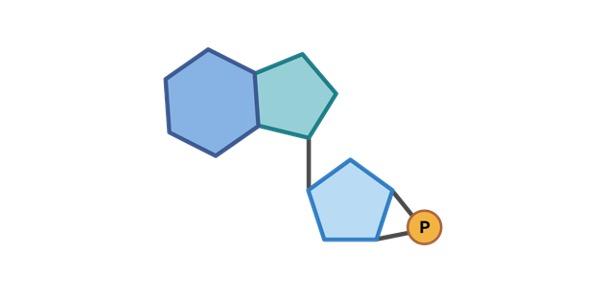Table of Contents
Triglycerides Definition
Triglyceride is a high-energy complex consisting of a single molecule of glycerol and three molecules of fatty acid that is found in animal and plant oils and fats. Triglyceride is derived from the words tri–(three) plus glyceride. Triglyceride is also known as triacylglycerol, triacylglyceride, or fat.
What are Triglycerides?
A triglyceride is an energy-dense molecule that stores energy. It’s made up of three fatty acids and glycerol. In a triglyceride, all three hydroxyl groups of glycerol are esterified. Animal and plant oils and fats include a lot of triglycerides. They constitute a small component of plant cell membranes, with the majority of the fatty acids being unsaturated. The fatty acid component in mammals is mostly saturated.
Triglyceride Source
Animal triglycerides are an essential source of energy and may be found in adipose tissues, the circulation, and the heart muscle. Triglycerides are tested and monitored in a clinical setting. Because high triglyceride levels are linked to a higher risk of atherosclerosis, hypertension, diabetes, heart disease, and stroke, it makes sense. Triglyceride levels in the blood should be between 10 and 150 milligrammes per decilitre.
The development of atherosclerosis, the fundamental cause of heart disease and stroke, has been linked to high triglyceride levels (especially when combined with high cholesterol). When referring to a triglyceride that is generally solid at room temperature, triglycerides are frequently referred to as “fat.” Oil, on the other hand, is a triglyceride that is liquid at room temperature.
Triglycerides are sometimes referred to as “neutral fats.” Neutral fats, for example, are fats that are uncharged and do not include acidic or basic groups. They are hydrophobic and nonpolar. They are frequently found in the thigh and torso regions of the body, where they offer insulation and body fuel stores.
Triglycerides are frequently connected with the phrase fat. Because triglycerides are a substantial component of both body and vegetable fat, this is the case. Triglycerides are part of the “glycerides” family of esters, which are produced when glycerol reacts with fatty acids. The number of fatty acids reacting with glycerol is used to classify them.
As a result, a triglyceride would contain three fatty acids interacting with the glycerol’s hydroxyl functional group. Monoglycerides and diglycerides are two more types of glycerides. Triglycerides are a subclass of glycerolipids, which are lipid molecules with a basic structure that includes a glycerol backbone and a fatty acid (s).
As a result, triglycerides are sometimes referred to as triacyglycerols. Monoglycerols and diglycerols are two more types of glycerolipids that differ in the amount of fatty acids they contain.
Triglyceride Citations
- Triglycerides and Triglyceride-Rich Lipoproteins in the Causal Pathway of Cardiovascular Disease. Am J Cardiol . 2016 Jul 1;118(1):138-45.
- Adipose Triglyceride Lipase Regulation: An Overview. Curr Protein Pept Sci . 2018;19(2):221-233.
- Triglyceride Metabolism in the Liver. Compr Physiol . 2017 Dec 12;8(1):1-8.







